Rayon vs Polyester: Which Fabric is Better for You?
-
July 31, 2025
-
By: Rose Woman Scarf
-
27
Introduction: Why Care About These Two Fabrics?
When shopping for clothing or home textiles, fabric selection is crucial. Rayon and polyester are two common man-made fabrics, but they have distinct characteristics. Have you ever fretted about a garment being too stuffy or wrinkling easily? Understanding the pros and cons of these two fabrics can help you make a more informed choice.
Your project budget may not allow you to use natural fabrics. However, there are two practical and affordable options: rayon vs polyester. Both are versatile and come in different varieties and characteristics. In this blog post, we’ll explore their characteristics and compare them.
Today, we’ll delve into the properties of rayon vs polyester and help you decide which fabric is best for your needs.
A Comprehensive Explanation of Rayon
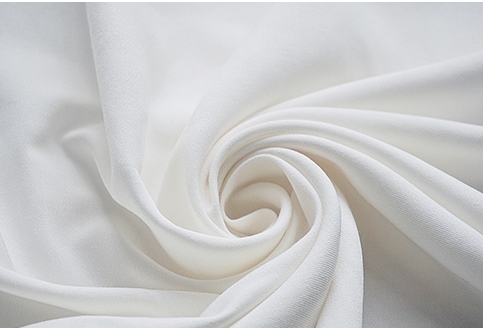
What is Rayon?
Rayon is a semi-synthetic fiber made from chemically treated natural cellulose (such as wood pulp or cotton linters). It’s neither completely natural (like cotton or silk) nor completely synthetic (like polyester), but somewhere in between.
Types of Rayon
- Viscose Rayon: The most common type of rayon, soft and breathable, but wrinkles easily.
- Modal: More durable than viscose and silkier, commonly used in lingerie and high-end clothing.
- Lyocell (Tencel®): An environmentally friendly rayon with a more sustainable production process and high moisture absorption.
Advantages of Rayon
Soft and Skin-Friendly: Feels similar to natural silk or cotton, suitable for intimate apparel.
Breathable and Moisture-Absorbing: More breathable than polyester, suitable for summer wear.
Lustrous: Has a silk-like sheen, suitable for elegant clothing.
Disadvantages of Rayon
Wrinkle-Wearing and Warping: Shrinks or loses its shape easily after washing.
Unstable: Can become brittle and fade with prolonged exposure to the sun.
Difficult to Care For: Usually requires hand washing or low-temperature ironing.

A Comprehensive Analysis of Polyester
What is Polyester?
Polyester is a completely synthetic fiber made from petrochemicals. It became popular in the mid-20th century and is now one of the most widely used fabrics worldwide.
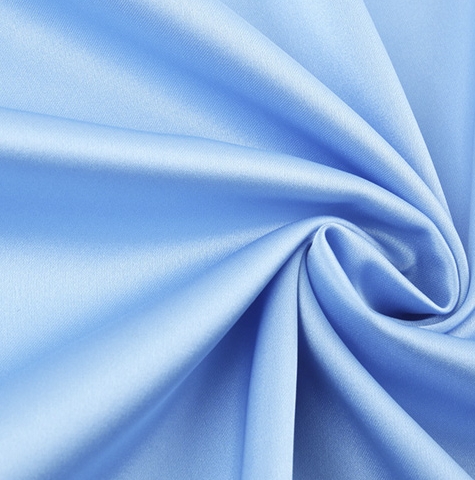
Types of Polyester Fiber
- PET polyester: The most common type, used in clothing, water bottle plastics, and more.
- Recycled polyester (rPET): Made from recycled plastic bottles and more environmentally friendly.
- Elastic polyester (e.g., polyester + spandex): Increased elasticity, used in sportswear.
Advantages of Polyester Fiber
Durable and durable: Resists pilling and warping, making it suitable for frequent daily wear.
Quick-drying and wrinkle-resistant: Dries quickly after washing, requiring little ironing.
Affordable: Cheaper than natural fibers like cotton and silk, offering a high cost-effectiveness.
Disadvantages of Polyester Fiber
Low breathability: Can trap sweat easily, making it uncomfortable to wear in the summer.
Static static: Static electricity is easily generated in dry environments.
Environmental Controversy: Traditional polyester is difficult to degrade, but recycled polyester (rPET) is a promising approach.
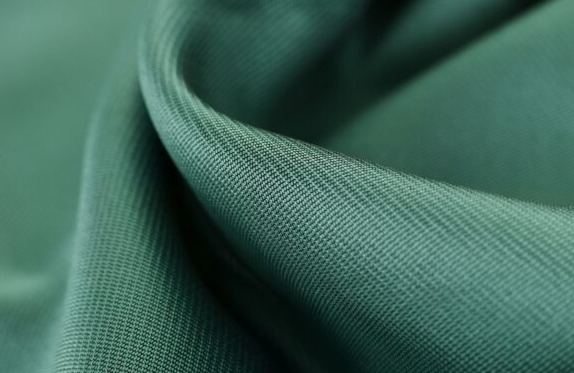
Rayon vs Polyester: Key Comparisons
| Features | Rayon | Polyester |
| Comfort | Soft and breathable, suitable for summer | Stiff and stuffy, but stretchy |
| Durability | Wrinkle- and shape-shifting | Abrasion-resistant and stable |
| Moisture Absorption | Highly absorbent | Poorly absorbent, prone to sweating |
| Environmental | Natural raw material, but chemically processed | Petroleum-based, but recycled polyester is more environmentally friendly |
| Price | Moderately expensive | Affordable |
- Rayon: For comfortable and elegant style (e.g., dresses and shirts).
- Polyester: For durable, easy-care clothing (e.g., activewear and jackets).
Environmental Impact: Rayon vs Polyester
Rayon vs polyester have different environmental impacts, primarily due to their raw materials.
Rayon is made from naturally renewable plants. Polyester, on the other hand, uses non-renewable petroleum resources. There is a risk of leakage during petroleum extraction and transportation. Once oil spills, it can significantly contaminate water sources.
Now let’s look at their production processes. You may have noticed that the production processes for rayon and polyester are similar. First, they both begin with the creation of a spinning solution. This solution is then forced through a spinneret to form long fibers. Both spinning solutions involve harmful chemicals. Furthermore, the production of polyester releases heavy metals.
To minimize your environmental impact, you can choose sustainable rayon. This ensures that its raw materials come from sustainably managed forests. Furthermore, its production process is more environmentally friendly. Polyester, on the other hand, doesn’t naturally degrade like rayon. However, polyester has a more developed recycling industry. Recycled polyester reduces landfill waste and energy consumption. By raising awareness about recycling, you can contribute to protecting the planet.
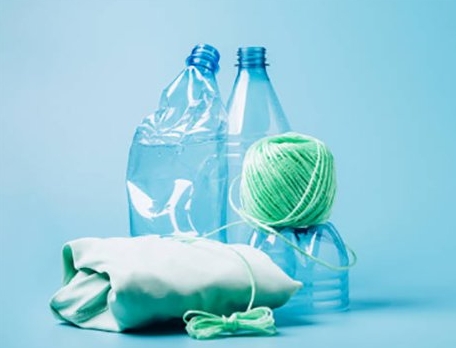
How to Choose? The Best Choice for Different Situations
🌞 Summer Clothing
✅ Choose rayon: Breathable and moisture-wicking, avoids the stuffiness of polyester.
🏃 Activewear
✅ Choose polyester: Quick-drying and stretchy, suitable for high-intensity exercise.
👔 Daily Commuting
🔄 Mixed Fabrics: Polyester + Rayon blends balance comfort and durability.
🛏️ Home Furnishings ( sheets, curtains)
✅ Rayon: Softer and skin-friendly;
✅ Polyester: More durable and wrinkle-resistant.
Frequently Asked Questions (FAQs)
Q1: Which is more environmentally friendly, rayon or polyester?
A: Rayon (especially lyocell) is more environmentally friendly, but recycled polyester (rPET) is also improving.
Q2: Is polyester truly non-breathable?
A: Yes, but modern technologies (such as mesh structures) can improve breathability.
Q3: Is rayon machine washable?
A: We recommend hand washing or a gentle cycle, avoiding high-temperature tumble drying.
What’s your choice?
Now that you understand the pros and cons of rayon and polyester, which do you prefer?
- A. Rayon (I prefer its softness and breathability)
- B. Polyester (I value its durability and easy care)
- C. Blended Fabric (I want the best of both worlds)
Conclusion
Both rayon and polyester have their own advantages and disadvantages. The key to choosing between them comes down to your needs—are you prioritizing comfort or durability? Hopefully, this guide will help you make a more informed decision!

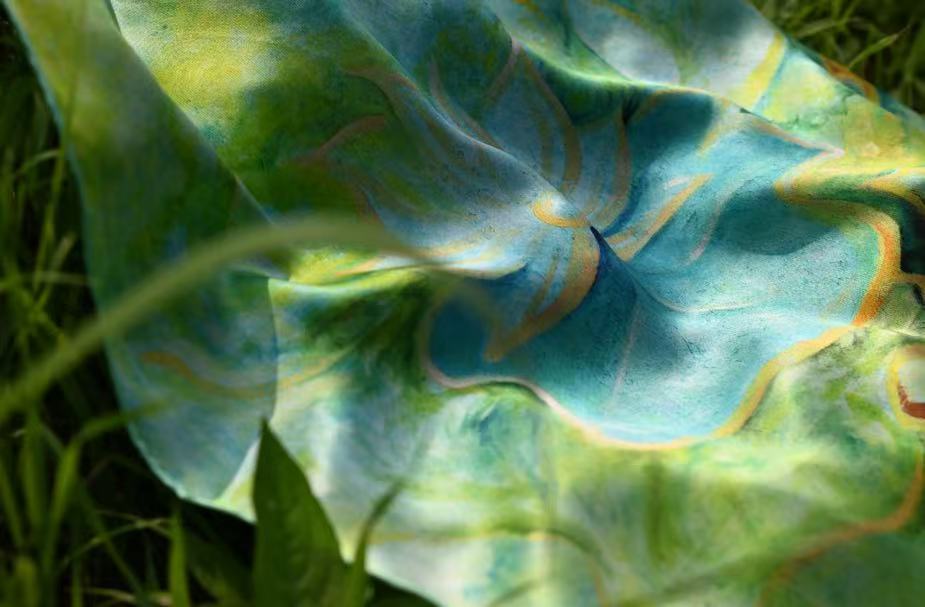



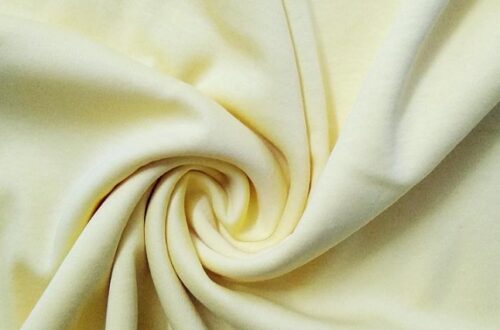



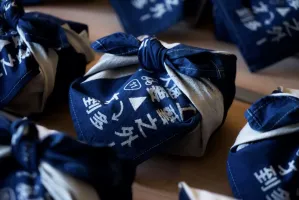
Leave a comment